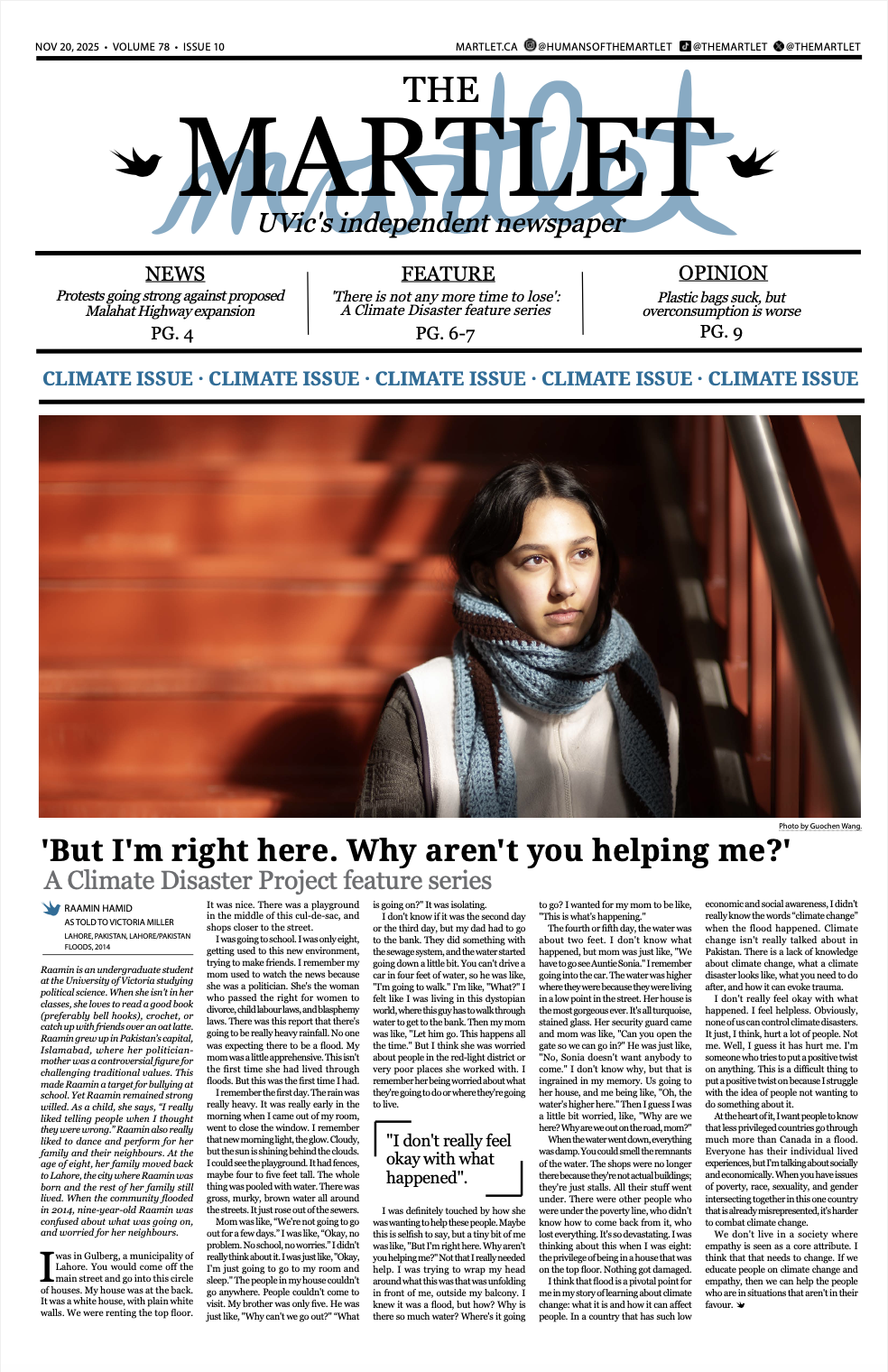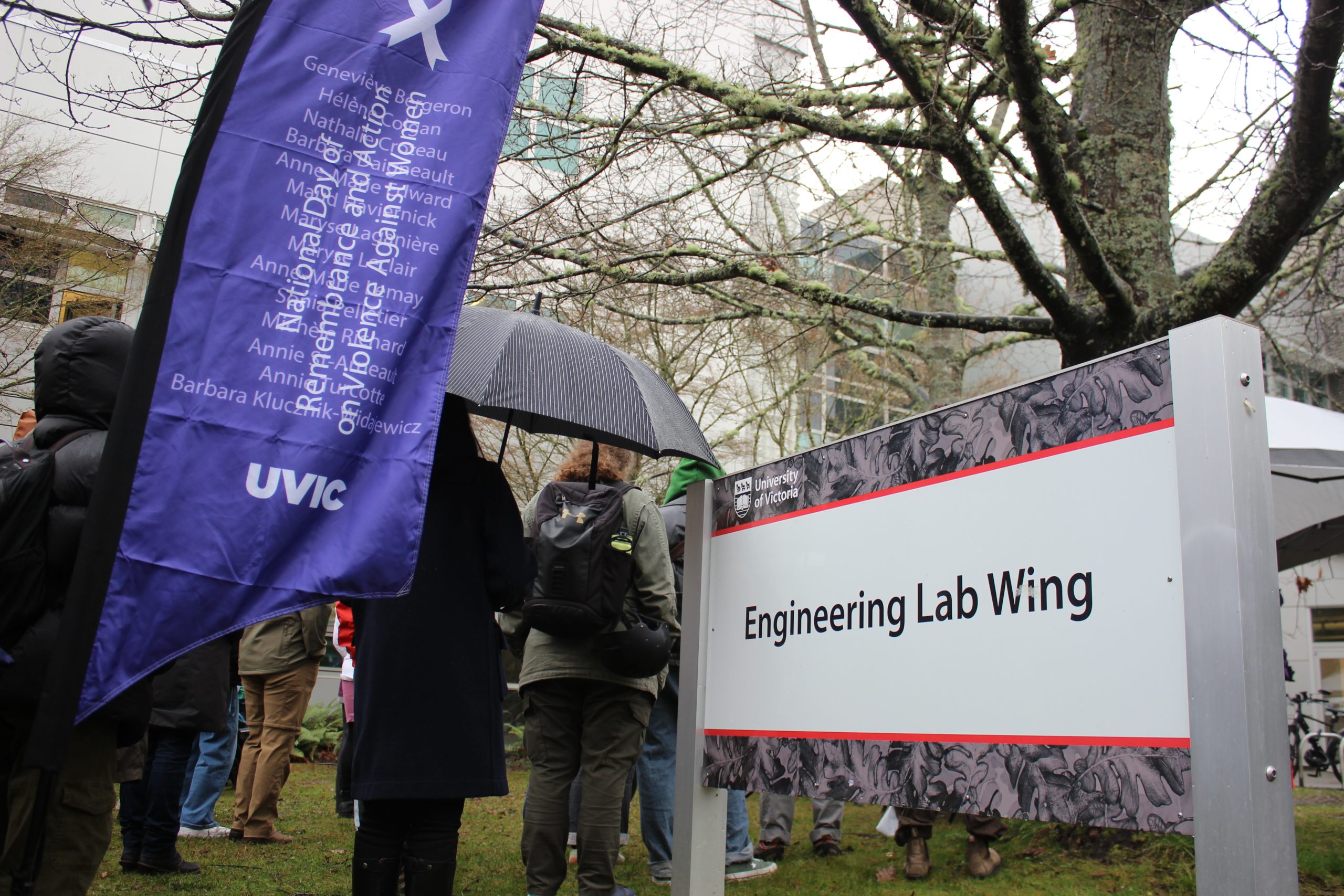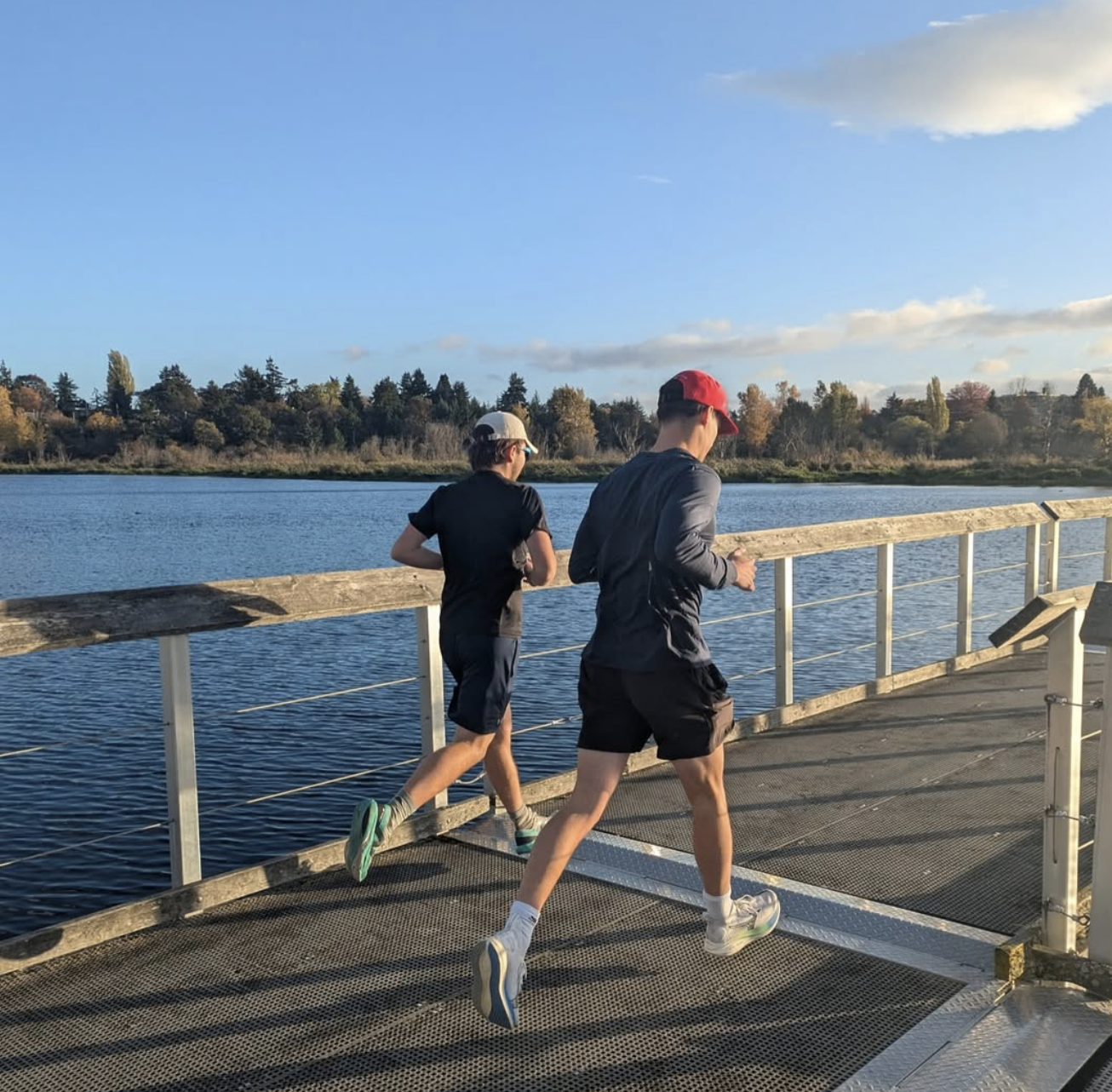According to a recent labour market profile, a province-wide demand for highly educated workers is set to overtake the number of qualified workers starting in 2016 and increasing through 2020. Over the next decade, government investment in post-secondary will be key in reducing the labour shortage, according to a report released on Jan. 29 by the Research Universities’ Council of B.C. (RUCBC).
The RUCBC’s B.C. Labour Market Profile shows that, starting in 2016, there will be too few qualified workers with post-secondary education to meet labour demands, leaving 18 800 jobs vacant by 2020. The B.C. government’s 2010–2020 Labour Market Outlook projects that 78 per cent of job openings in B.C. between 2010 and 2020 will require a degree from a university, college or trades institute. Over the next decade, over one million jobs will open across the province, 152 000 of which will be on Vancouver Island.
“We’re in an economic downturn right now, and what we have to remember is that we’re going to come out of that,” says UVic President David Turpin. “Just because things are a little tight right now doesn’t mean we can say that we don’t have to worry about education. The thing that’s going to happen is that the baby-boomers are going to retire. They’re moving into prime retirement years, and you’re going to have all these jobs opening up, and what the data show is that we’re not going to have enough educated people to take them.”
The profile was released on Jan. 29 by the RUCBC, which represents the six major universities in the province: UVic, Royal Roads University, the University of B.C., Simon Fraser University, the University of Northern B.C. and Thompson Rivers University. Drawing on data from the government’s B.C. Labour Market Outlook and Statistics Canada, the profile concludes the impending skills deficit is a result of an aging and retiring labour force, a slowing flow of immigrant workers into the province and an increase in jobs as a result of economic growth.
Retirees account for approximately two-thirds of the one million job openings. Most openings will be in: sales and services; business, finance and administration; and trades, transport and equipment operation occupations. New jobs from an expansion in sectors such as health, natural and applied sciences and recreation make up the remaining third. Fewer immigrant workers will fill these positions than have in the past, according to the B.C. Labour Market Outlook.
“I think students right now in British Columbia are looking back at a lost decade for post-secondary education,” says Lucia Heffelfinger Orser, UVic Students’ Society director of external relations. “We’ve seen our needs-based program scrapped. We’re the only province in Canada without a needs-based program. We’re also the province with the highest interest rates on student loans, and we’ve seen some major funding cuts to post-secondary, including at this institution.”
The RUCBC calls for an expansion of government support for post-secondary institutions in B.C. through the Opportunity Agenda the RUCBC released in October 2012.
“We’re looking to the province to increase the capacity of the post-secondary system, to improve the quality of the student financial assistance and to provide the long-term, stable, predictable research funding,” says Turpin.
The Opportunity Agenda calls on the provincial government to create 11 000 new spaces for qualified students, expand financial assistance for students and commit to research funding.
Creating space for more students over the next four years costs approximately $130 million, according to the agenda. In order to allow low-income students to enter post-secondary and to reduce graduates’ debt load, which is $27 000 on average, the agenda proposes loan-reduction grant programs and a merit-based graduate scholarship totalling $90 million annually, with a net new cost of $51 million.
According to figures from the Association of Universities and Colleges of Canada (AUCC), post-secondary education pays long-term returns to individuals, regardless of faculty of study, and to the economy. In spite of the economic downturn, university graduates earn higher incomes than their counterparts and contribute 41 per cent of the province’s income tax base.
“Expenditures in education are, in fact, investments; they pay back,” says Turpin. “When people come out of universities, they get high-paying jobs. They pay taxes, and the feedback into the public purse from well-educated individuals far outstrips the cost of educating them.” The RUCBC report incorporates solutions presented in the Opportunity Agenda and comes only weeks before the B.C. 2013 budget is announced on Feb. 19. Whether the proposals are included in the budget remains to be seen, and the budget’s implementation is dependent on the results of the provincial general election on May 14.
Turpin says the proposal’s strength is in the solidarity it has drawn from universities, industry and student societies alike — something he says is uncommon in the post-secondary sector.
Orser says, “It’s unprecedented to see leaders from the post-secondary sector, including colleges and universities and student unions, all working together around this call. I think that really just drives the message home to government and political parties that they need to keep in mind post-secondary education as they draft their platforms going into the May 2013 provincial election, but also their policies that come post-election.”
The UVSS has long advocated for student financial assistance and inclusion of student voices in government policy through campaigns such as Where’s the Funding? and Vote Education. While Orser is hopeful that the proposal will succeed, she emphasizes the importance of holding government accountable for post-secondary promises made during election campaigns.








